Paper Plane Cocktail: A Modern Classic You’ll Love
How many modern cocktails have achieved classic status in less than two decades? The Paper Plane cocktail stands among an elite few that have transcended trends to become fixtures in craft bars worldwide since its 2007 creation. This perfectly balanced mix of bourbon, amaro, aperitif, and citrus represents a masterclass in contemporary mixology while remaining surprisingly accessible to home bartenders. Unlike many cocktail recipes that require obscure ingredients or complex techniques, this cold drink recipe delivers sophisticated flavors through straightforward preparation—perhaps explaining why it has spread from New York to global prominence faster than almost any other modern creation.
Table of Contents
Ingredients List
To create the perfect Paper Plane cocktail, you’ll need these key components:
- ¾ oz bourbon whiskey (preferably something with robust flavor like Buffalo Trace or Four Roses Small Batch)
- ¾ oz Amaro Nonino Quintessentia
- ¾ oz Aperol
- ¾ oz fresh lemon juice
- Lemon peel for garnish (optional)
Timing
- Preparation time: 2 minutes
- Mixing time: 1 minute
- Total time: 3 minutes
Step-by-Step Instructions
Step 1: Gather Your Ingredients and Tools
Assemble all ingredients and necessary tools: a cocktail shaker, jigger or measuring device, strainer, and appropriate glassware (traditionally a coupe glass). Having everything prepared before you begin ensures smooth execution of this Paper Plane cocktail and prevents any pauses that might affect the final temperature of your drink.
Step 2: Measure Your Ingredients
Using a jigger or precise measuring tool, portion out each liquid ingredient. The Paper Plane cocktail relies on perfect balance, so accuracy matters—even a slight deviation can impact the final flavor profile of this cold drink recipe. Pro tip: measure your ingredients in order from least expensive to most expensive, so if you make a measuring error, you waste less costly components.
Step 3: Add Ice to Your Shaker
Fill your cocktail shaker about two-thirds full with fresh, clean ice. Ideally, use larger ice cubes as they dilute more slowly, giving you better control over the final water content in your Paper Plane cocktail. If you’re serious about your cocktails, consider using purified water for clearer, better-tasting ice that won’t impart any unwanted flavors.
Step 4: Combine and Shake
Pour all measured ingredients into the ice-filled shaker. Seal the shaker tightly and shake vigorously for 12-15 seconds—just long enough to properly chill and slightly dilute the Paper Plane cocktail. The perfect shake creates tiny air bubbles that give this cold drink recipe its characteristic silky texture while incorporating just enough water to open up the flavors.
Step 5: Strain and Serve
Double-strain the cocktail through both the shaker’s built-in strainer and a fine mesh strainer into a chilled coupe glass. This two-step straining process removes both large ice chips and tiny ice shards, ensuring your Paper Plane cocktail has the perfect texture. The double strain also prevents any small lemon pulp from detracting from the drink’s elegant presentation.
Step 6: Garnish (Optional)
While the classic Paper Plane cocktail is often served without garnish, you can express a lemon peel over the surface and discard it to add aromatic complexity, or place a small paper plane folded from orange peel on the rim for a whimsical presentation that references the drink’s name and color.
Nutritional Information
The Paper Plane cocktail contains the following nutritional values per serving:
- Calories: 178
- Carbohydrates: 9g
- Sugars: 7g
- Protein: 0g
- Fat: 0g
- Alcohol content: 23% ABV (alcohol by volume)
- Vitamin C: 7% of daily recommended intake (from fresh lemon juice)
Healthier Alternatives for the Recipe
While the Paper Plane cocktail is already relatively balanced as cocktails go, here are some modifications to create a lighter version:
Replace half the bourbon with an equal amount of chilled herbal tea (like chamomile or rooibos) to reduce alcohol content while maintaining complexity. This modification cuts alcohol volume by 25% while adding subtle herbal notes that complement the amaro’s botanical profile.
Create a spritz version by using half measures of all ingredients and topping with 2 oz of sparkling water. This variation of the cold drink recipe maintains the essential flavor profile while reducing potency and adding refreshing effervescence.
Substitute monk fruit simple syrup (1/4 oz) and reduce the Aperol to 1/2 oz to lower the sugar content without sacrificing the sweet component that balances the cocktail’s bitter elements.
For those avoiding alcohol entirely, create a sophisticated “Paper Plane mocktail” using a combination of pomegranate juice, grapefruit juice, lemon juice, and a few dashes of non-alcoholic bitters to approximate the complex flavor profile of the original.
Serving Suggestions
Elevate your Paper Plane cocktail experience with these serving ideas:
Serve alongside antipasti featuring salty, savory items like olives, aged cheeses, and charcuterie. The cocktail’s bittersweet profile and citrus brightness cut through rich foods while complementing their complexity, creating a perfect aperitivo pairing.
For an impressive presentation, freeze a large ice sphere with a small paper airplane suspended inside, and serve the Paper Plane cocktail on the rocks instead of up. As the ice melts, it slowly releases the garnish for an interactive experience.
Create a Paper Plane cocktail flight by serving the standard recipe alongside variations made with different amari or whiskeys. This offers an educational tasting experience that highlights how small changes affect this cold drink recipe’s flavor balance.
For summer gatherings, pre-batch the Paper Plane cocktail (excluding lemon juice) and store in the freezer. Add fresh lemon juice and shake just before serving for an almost instant craft cocktail that maintains quality while minimizing preparation time when entertaining.
Common Mistakes to Avoid
When preparing the perfect Paper Plane cocktail, watch out for these common pitfalls:
Using bottled lemon juice: Pre-packaged citrus juice lacks the brightness and complexity of fresh-squeezed. Studies show bottled lemon juice contains approximately 70% fewer aromatic compounds than fresh, significantly flattening your cocktail’s flavor profile.
Improper dilution: Under-shaking results in a cocktail that’s too potent and sharp, while over-shaking leads to excessive dilution and muted flavors. Aim for exactly 12-15 seconds of vigorous shaking for this cold drink recipe to achieve optimal temperature and water integration.
Using warm glassware: Serving a meticulously prepared Paper Plane cocktail in an unchilled glass causes rapid warming and dilution. Always refrigerate your glassware for at least 30 minutes or fill with ice water for 2-3 minutes before discarding and pouring your cocktail.
Inaccurate measurements: Unlike culinary recipes that can withstand some improvisation, the Paper Plane cocktail requires precision to maintain its signature balance. Even small measuring discrepancies can disrupt the careful equilibrium of sweet, bitter, sour, and strong components.
Using old citrus: Lemon juice begins oxidizing immediately after squeezing, losing 25% of its bright flavor notes within just one hour. Always use freshly squeezed juice for optimal results in this cold drink recipe.
Storing Tips for the Recipe
Maximize convenience without sacrificing quality with these Paper Plane cocktail preparation and storage strategies:
Pre-batch the spirit components (bourbon, Amaro Nonino, and Aperol) in a 1:1:1 ratio and store in a sealed bottle at room temperature for up to 3 months. This ready-to-use mixture only needs fresh lemon juice added before shaking, streamlining the preparation process.
Freeze leftover prepared Paper Plane cocktail in an ice cube tray, then use these flavor-packed cubes to enhance bourbon on the rocks or add complexity to sparkling water for a quick low-alcohol refresher.
If planning to serve multiple rounds, prepare a separate container of pre-measured fresh lemon juice that can be refrigerated for up to 8 hours. Any longer storage significantly degrades the citrus quality and affects the final taste of this cold drink recipe.
For professional settings or large gatherings, consider vacuum-sealing batched cocktails (including fresh citrus) and refrigerating. This technique preserves freshness by preventing oxidation, maintaining the Paper Plane cocktail’s vibrant flavor profile for up to 24 hours.
Store your amaro and aperitif bottles away from direct sunlight and heat to prevent degradation of their complex botanical compounds, ensuring consistently excellent Paper Plane cocktails with every preparation.
Conclusion
The Paper Plane cocktail represents modern mixology at its finest—a perfectly balanced combination of bourbon warmth, amaro complexity, aperitif brightness, and citrus freshness. This accessible yet sophisticated cold drink recipe proves that true classics can emerge from contemporary creativity. Its equal-parts formula makes it remarkably approachable for home bartenders while offering layers of flavor that satisfy even the most discerning palates. Give this modern classic a try today and share your experience in the comments below!
FAQs
What type of bourbon works best in a Paper Plane cocktail? Mid-proof bourbons (90-100 proof) with rich caramel and vanilla notes complement the other ingredients perfectly in a Paper Plane cocktail. Brands like Buffalo Trace, Four Roses Small Batch, or Wild Turkey 101 stand up nicely to the powerful flavors of the amaro and aperitif in this cold drink recipe.
Why is my Paper Plane cocktail turning out too sour or too bitter? Perfect balance is crucial for the Paper Plane cocktail. If it’s too sour, your lemon may be particularly acidic—try reducing to ⅔ oz. If too bitter, ensure you’re using Aperol (not Campari) and consider adding ¼ oz simple syrup. Always measure precisely, as this equal-parts recipe has little room for error.
What glassware is traditionally used for serving this cocktail? This cocktail is traditionally served “up” (without ice) in a coupe or Nick & Nora glass. These vessel shapes help concentrate the aromatic compounds at the surface of the drink, enhancing the sensory experience of this complex cold drink recipe.
Your Feedback Matters
There are no reviews yet. Be the first one to write one.
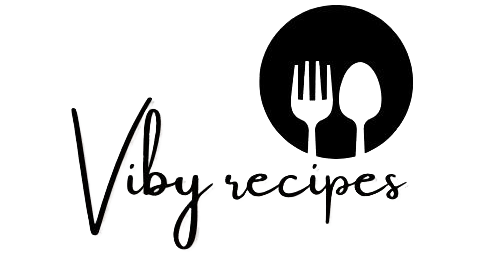
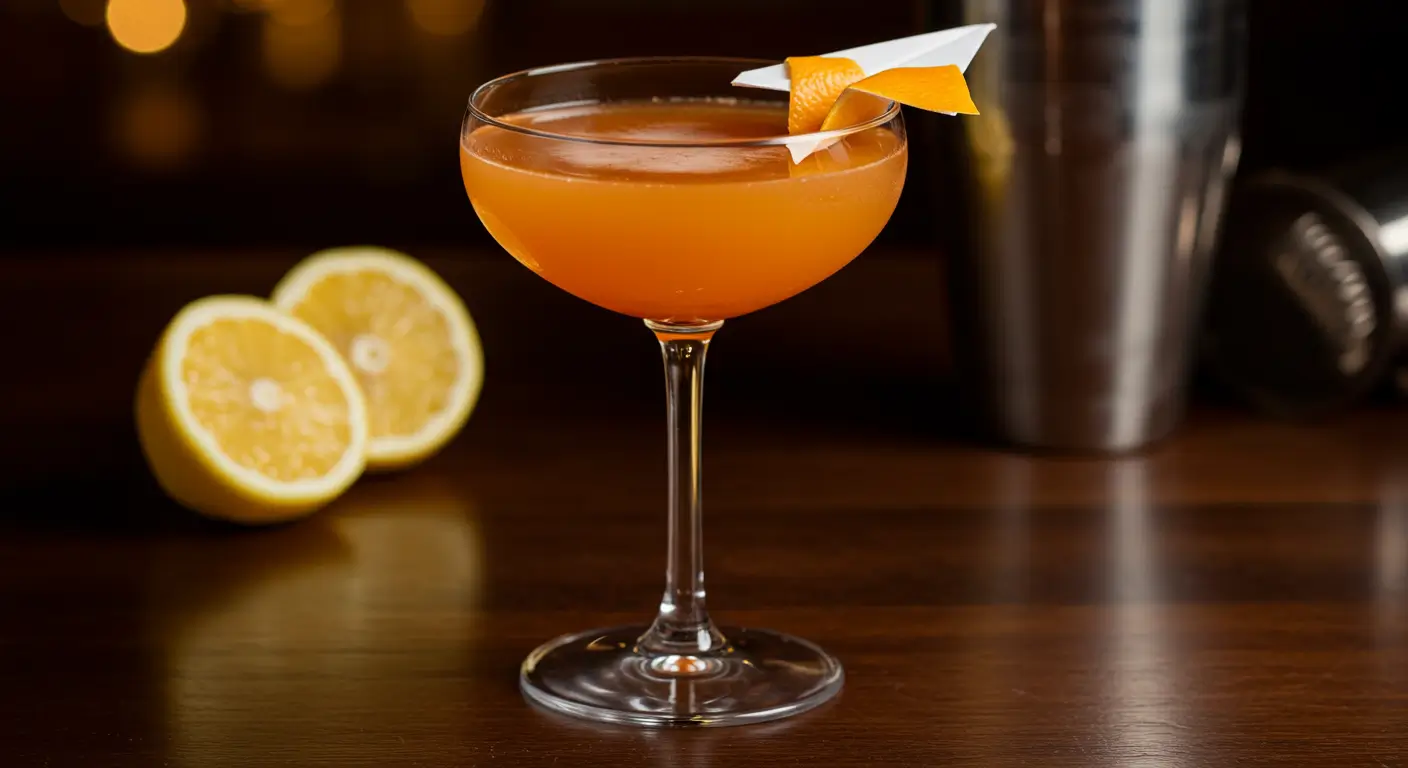
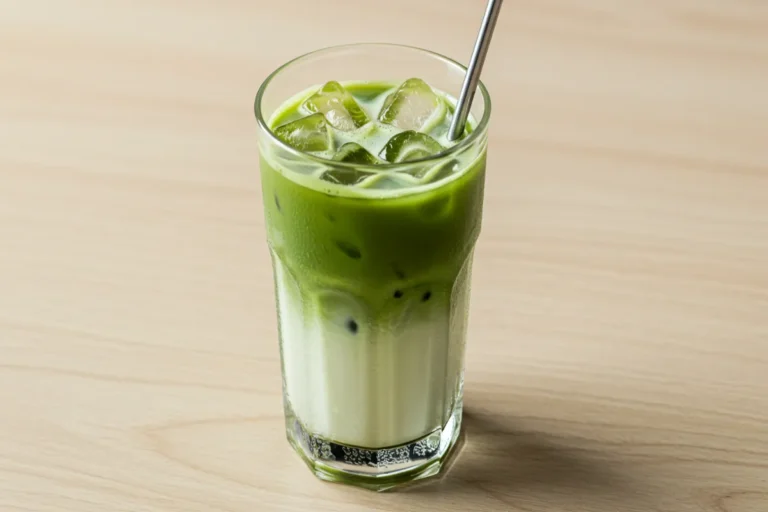
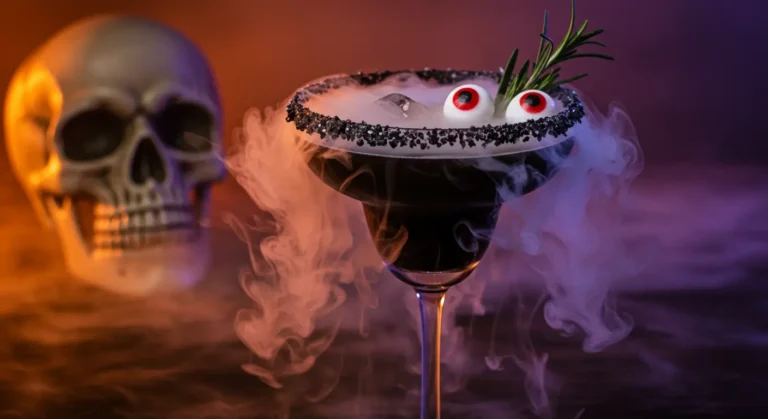
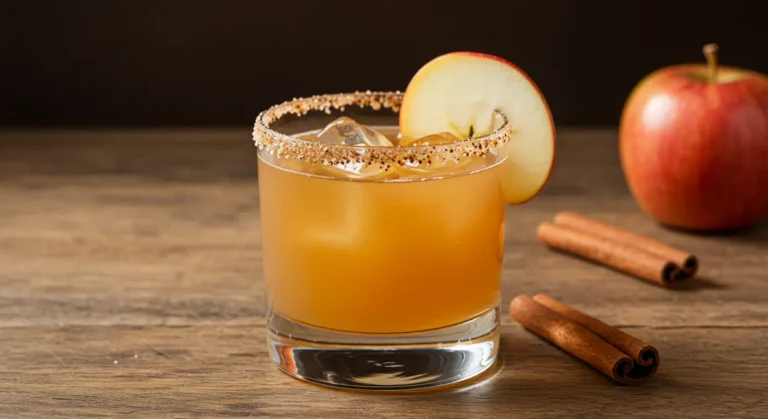
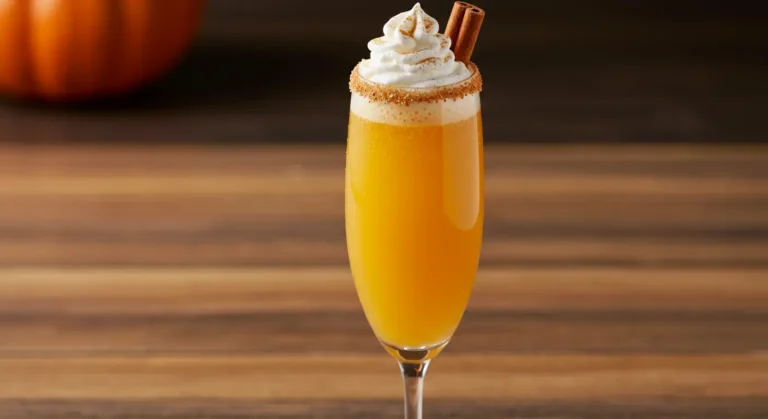
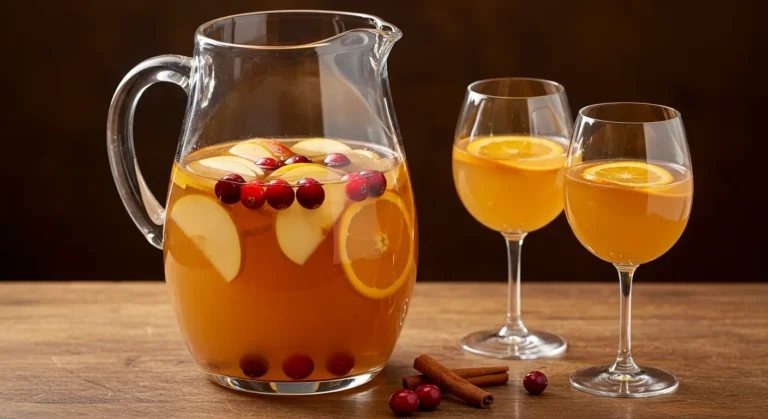
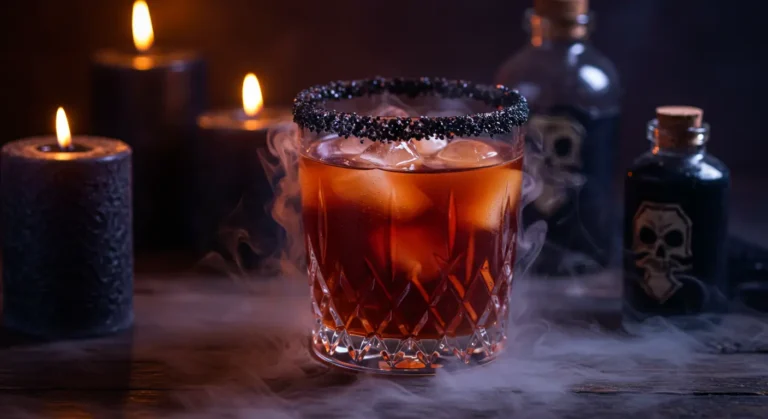
2 Comments
Comments are closed.